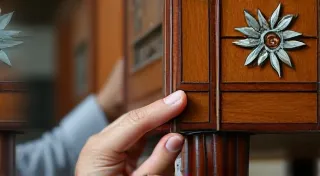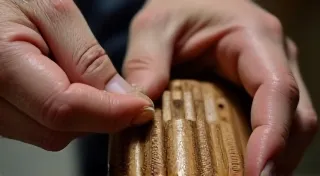The Alchemist's Crucible: Transmuting Decay into Enduring Beauty
There’s a certain melancholic beauty in a piece of antique furniture, a silent narrative etched by time and circumstance. It’s not merely the grain of the wood or the curve of a leg, but the echoes of lives lived around it, of hands that polished and cared for it, and, inevitably, the inevitable creep of decay. Furniture restoration isn’t simply a repair job; it’s a form of alchemy, a delicate dance between preserving history and breathing new life into something seemingly lost. It's about understanding the spirit of the piece, honoring its past, and ensuring its legacy endures.
I remember the first piece that truly captivated me. It was a late Victorian fainting couch, discovered in the dusty attic of an old manor house. The velvet was threadbare, the walnut veneer was cracked and lifting, and a thick layer of grime obscured its intricate carvings. It felt… defeated. Most would have seen junk. I saw a story yearning to be told, a potential for enduring beauty waiting to be unlocked. That experience fundamentally shifted my perspective on furniture – it’s not just an object; it's a vessel for memory.
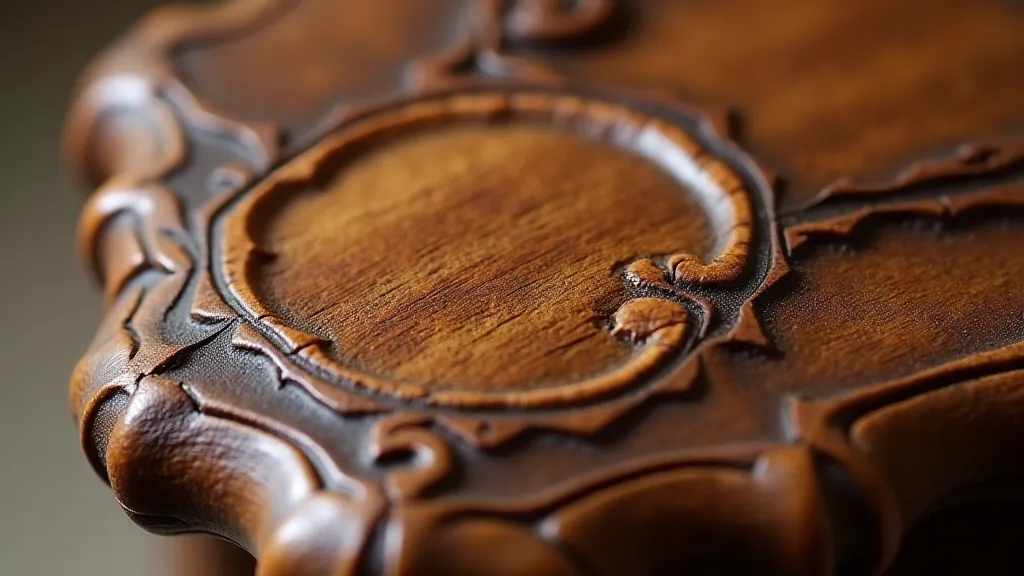
The Anatomy of Decay: Understanding the Challenge
The ravages of time manifest in myriad ways. Direct sunlight bleaches finishes, humidity warps wood, neglect fosters infestations, and poorly executed previous repairs often compound the problem. Modern finishes, often applied without understanding their interaction with the original materials, can exacerbate the issues. For example, thick polyurethane coatings trap moisture, leading to further warping and finish failure. To effectively restore antique furniture, you need to become a detective, understanding the sequence of events that led to its current state. Careful examination – the use of magnification, forensic lighting, and sometimes, even gentle exploratory probing – reveals the full extent of the damage.
Veneer repair is often the most challenging aspect. In the 18th and 19th centuries, veneer – thin layers of prized wood applied over a less expensive substrate – was common. Cracks, lifting, and even complete loss of veneer are frequent occurrences. Simply gluing the veneer back down isn't enough; you need to address the underlying cause – often movement due to humidity changes or structural weakness. Employing techniques like butterfly patches (small, precisely shaped inlays of contrasting wood that reinforce cracks) and careful clamping are crucial. Modern adhesives, specifically designed for furniture restoration, offer superior bonding strength and reversibility compared to older methods.
The Art of Color: Achieving Authentic Patina
Reproducing the original finish is far more complex than simply matching a color sample. Early finishes weren't created with the precise pigments and binders we have today. They were often based on natural oils, resins, and pigments derived from plants and minerals. The way these materials aged – reacting with light, air, and handling – resulted in a depth and complexity that is difficult to replicate. A key element here is “patina,” that subtle haze of age that softens edges, evens out the surface, and lends a sense of history. It’s not something you can just apply; it’s the result of years of slow, organic change.
I'm a firm believer in using natural pigments whenever possible. Earth pigments like ochre, umber, and sienna offer a warmth and richness that synthetic colors often lack. The process involves not only mixing the pigments but also understanding how they will react over time. Layering, glazing (applying thin, transparent layers of color), and the use of shellac (a natural resin derived from the lac beetle) are techniques that allow you to build up depth and complexity.
Once I restored a French Empire commode, its original finish completely vanished. Based on historical records and surviving fragments, I painstakingly recreated the original gilding. The process took weeks, involving multiple layers of gesso (a traditional primer) and then painstakingly applied gold leaf. The final result wasn't a perfect replication, but it captured the spirit and grandeur of the original piece, and brought a palpable sense of history back into the room.
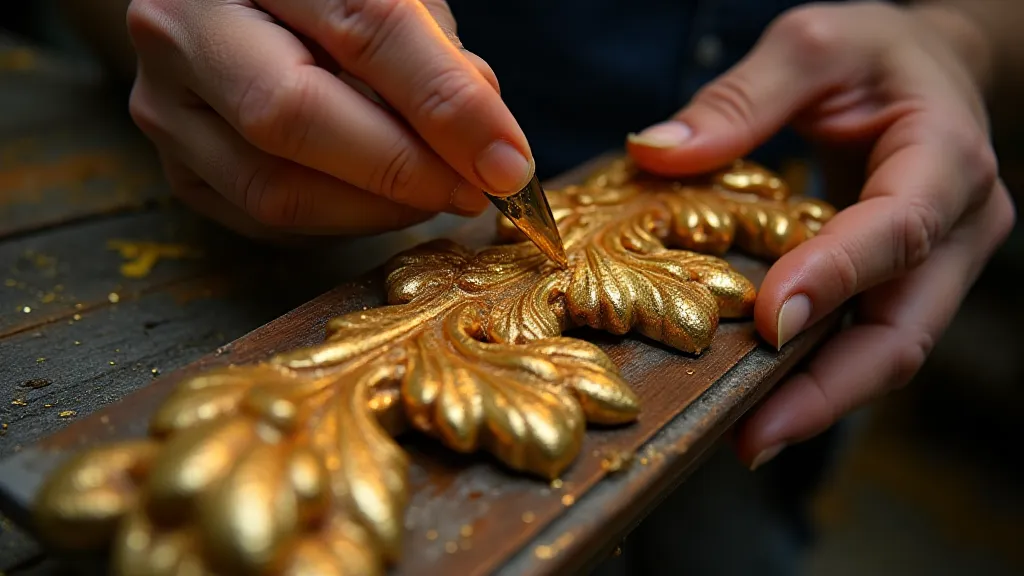
Philosophical Reflections: Value, Impermanence, and Preservation
The act of furniture restoration extends beyond the technical; it touches upon profound philosophical questions. What is the value of an object? Is it its monetary worth, its aesthetic beauty, or its historical significance? The relentless march of time dictates impermanence; everything decays, everything changes. To restore a piece of antique furniture is, in a sense, an act of defiance against this inevitable process. We’re not trying to stop time; we're trying to understand it, to respect it, and to preserve a fragment of the past for future generations.
There’s a temptation to "perfect" a piece during restoration, to erase all traces of its history. But I believe that the marks of age – the subtle cracks, the faded colors, the slight imperfections – are integral to its character. These aren't flaws; they're stories. They speak of the hands that cared for it, the lives it witnessed, and the journey it has undertaken.
Ultimately, furniture restoration is about more than just repairing a piece of wood and glue. It's about connecting with the past, honoring craftsmanship, and appreciating the enduring beauty of objects that have stood the test of time. It’s about recognizing that true value isn't always about what’s new and shiny; it’s often found in the imperfections and the stories of things that have weathered the storm.
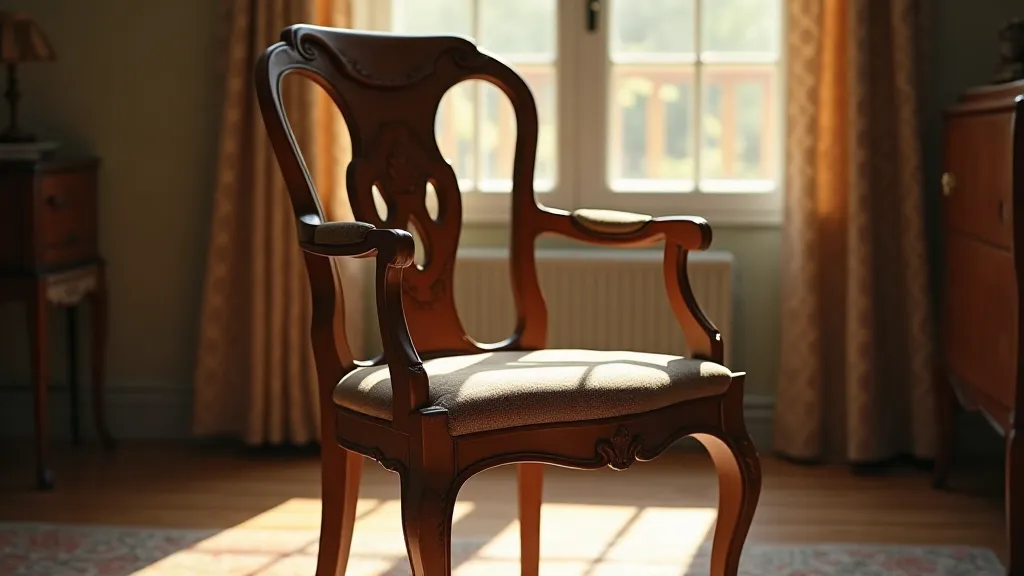
Beyond the Technical: Cultivating Patience and Respect
Successful antique furniture restoration isn’t just about mastering technical skills. It requires patience, a keen eye for detail, and a deep respect for the original craftsmanship. It's a process that demands humility—acknowledging that you’re working with something precious, something that deserves your utmost care and attention. It's about learning from the past, embracing the challenges, and finding satisfaction in the transformative power of your craft. The alchemist's crucible demands not only skill, but also a reverence for the enduring beauty that lies hidden within.




